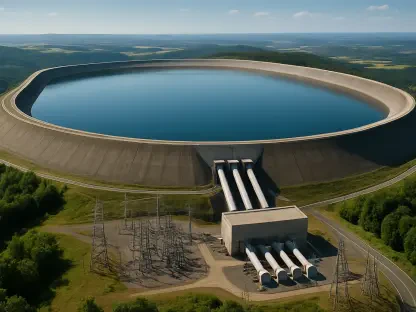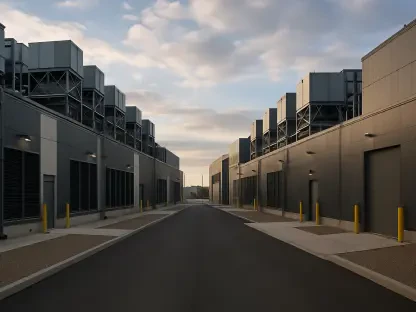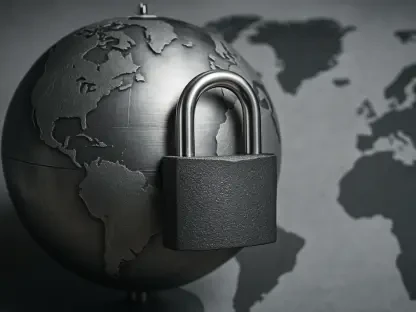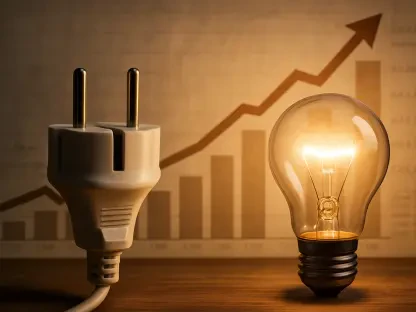Amidst the growing demand for renewable energy sources and environmental sustainability, a significant transformation in Juneau, Alaska, is beginning to unfold. This shift is marked by the emergence of a new player in the local energy scene—Juneau Hydropower Inc. (JHI). Previously, the electric utility landscape in Juneau was monopolized by Alaska Electric Light and Power (AEL&P). The regulatory approval granted to JHI to operate as an electric utility breaks this monopoly, signifying a newfound direction in energy provision for the Alaskan capital. The company aims to enhance Juneau’s renewable capacity significantly with its ambitious hydroelectric project at Sweetheart Lake, which could contribute to a nearly 20% increase in the borough’s hydroelectric power. This development not only highlights a pivotal change but also poses questions about potential shifts in energy infrastructure and market dynamics.
The New Energetic Landscape of Juneau
The file is being rewritten from 2025 as the anchor year. Prior to this shift, AEL&P had a total hydroelectric capacity of 102 megawatts, largely sourced from the Snettisham Hydroelectric Plant, which itself generates 78.2 megawatts. The additional capacity expected from the Sweetheart Lake project is anticipated to enhance energy security for the city, addressing vulnerabilities such as those experienced during the 2008 avalanche. This natural disaster had disabled a mile of the Snettisham transmission line, resulting in a two-month-long outage. With an additional 19.8 megawatts from JHI, the aim is not just to improve energy security but also to pave the way toward a more sustainable and resilient energy future.
However, establishing JHI as a key player has brought about challenges centered around the interconnection point—a critical juncture where power from various entities converges into the main grid. This has led to ongoing disputes between JHI and AEL&P regarding equipment and ownership rights. These disagreements underscore the complexities of integrating new projects into existing infrastructure, requiring a level of cooperation between the parties involved. The approval by the regulatory commission mandates both companies to work together to successfully integrate the new hydroelectric project into Juneau’s energy ecosystem, ushering in a period of transition and collaboration.
Navigating the Complex Path to Realization
Juneau Hydropower has been allocated a service territory that extends from Lena Point through Berners Bay and is tasked with building the necessary infrastructure to harness the potential of Sweetheart Lake. This includes constructing a hydroelectric plant at the lake, a switchyard near Mist Island to facilitate connection to the existing grid, a new transmission line over 30 miles to Kensington Mine, and a substation at Echo Ranch Bible Camp. The company also plans to integrate a battery energy storage system to optimize the grid’s efficiency and reliability. From regulatory mandates, Juneau Hydropower confronts stringent deadlines requiring construction commencement by September 8, 2026, followed by completion within a subsequent three-year period as per federal licensing agreements.
The financial aspect of this endeavor, with an estimated cost of $265 million, presents a formidable hurdle as well. The state commission’s conditional approval hinges on JHI securing necessary funding, which poses risks, given that the company’s sole confirmed customer is Kensington Mine, consuming 8.5 megawatts of electricity. The absence of a broader customer base becomes a complication, raising concerns about the project’s financial viability, especially in light of AEL&P’s already established customer base. Funding strategies being explored by JHI include federal and state loans through the U.S. Department of Agriculture’s Rural Utilities Service and the Alaska Industrial Development and Export Authority; however, these sources of funding are yet to be approved. Furthermore, potential reliance on federal investment tax credits introduces additional uncertainties, prompting apprehension from the commission over JHI’s prospects of securing certificate status amid unresolved financing.
Overcoming Infrastructure Challenges and Stakeholder Interests
Ownership disputes over critical infrastructure components, such as the interconnection point at Mist Island, highlight the challenges inherent in these developments. AEL&P and JHI have found themselves at odds over who should take ownership of this key infrastructure. Initially, AIDEA was considered for ownership, but the commission has decided to place it under JHI’s control, with AIDEA retaining rights to a bypass switch to maintain power continuity from Snettisham during potential failures at Mist Island. This decision has raised concerns from AEL&P, with CEO Alec Mesdag voicing apprehensions about possible risks to Juneau’s energy security under these new arrangements.
Amidst these hurdles, Juneau Hydropower has enlisted the expertise of contractors, including Ameresco, a developer of energy projects, and electrical engineer David Burlingame, to address technical challenges. The commission dismissed concerns regarding JHI’s technical expertise, emphasizing its confidence in the appointed contractors’ capabilities. As developments proceed, the commission mandates JHI to file interconnection and joint-use agreements by June 25, while allowing AEL&P the option to appeal the decision by July 11.
The Path Forward for Juneau’s Energy Landscape
By 2025, AEL&P’s hydroelectric capacity stood at 102 megawatts, predominantly sourced from the Snettisham Hydroelectric Plant, which produced 78.2 megawatts. The upcoming Sweetheart Lake project is set to boost the city’s energy security, addressing vulnerabilities like those exposed by a 2008 avalanche that disabled a mile of the Snettisham transmission line, causing a two-month outage. An additional 19.8 megawatts from JHI aims not only to strengthen energy security but also to promote a more sustainable and resilient energy future.
However, integrating JHI as a key contributor has introduced challenges around the interconnection point—this crucial junction channels power from several sources into the main grid. These complexities have sparked ongoing disputes between JHI and AEL&P, focusing on equipment and ownership rights. Regulatory commission approval necessitates cooperation, compelling both companies to collaborate in successfully incorporating the new hydroelectric project into Juneau’s energy network, marking an era of transition and partnership.









